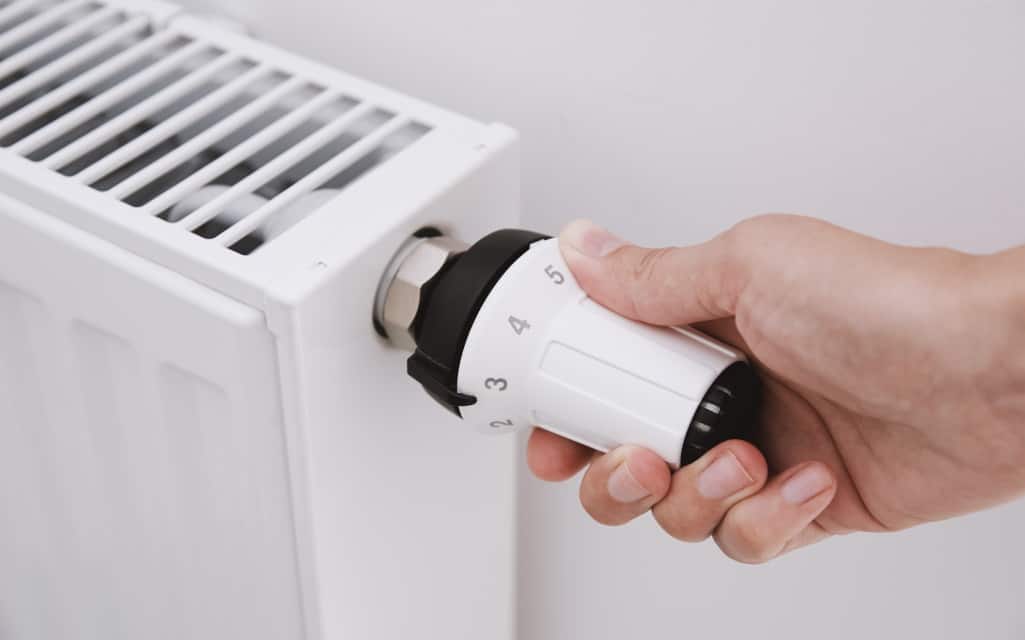Finding solutions to keep your home warm during the winter without paying a fortune in electric bills is something that most homeowners contemplate as fall nears and the cold winter months are on the horizon. You might already be feeling a crispness in the morning and evening air that lets you know summer is nearing an end. Instead of waiting until the frigid weather strikes, devise plans for this winter that will keep costs down.
Here are five money-saving tips for the winter months ahead:
Heating systems
Your energy bills increase by 20-40% during winter due to heating requirements. To keep your usage as close to summer levels as possible, consider upgrading your current heating system by installing modern wall mounted electric radiators from BestElectricRadiators, Ecostrad iQ, or Technotherm. BestElectricRadiators products are energy-efficient and individually controlled, meaning you can set temperatures in some rooms higher than others depending on your usage preferences. After all, why keep the heating in the guest room as high as the living room if no one is using it? Smart controls allow users to control their radiators from anywhere using an app and Wi-Fi connection.
Program your heaters to come on about 30 minutes before you get up, then go off while everyone is away at school and work during the day. Set them to come on again about 30 minutes before the first person arrives home to run until everyone is in bed. This economical use of a heating system is better than running it 24/7, an unnecessary expense. Turn your thermostat temperature down by a degree or two. You probably will not feel the difference in the temperature, but it will be noticeable in your energy bill.

Hot water use
There is nothing better than a long, hot bath on a cold winter’s evening after a stressful day at the office. However, bathing uses much more water and energy than a quick shower. If you like to refill the tub with hot water a few times during your soak, your household hot water consumption will see a marked increase. To justify its use, consider sharing bathwater with another family member to avoid excessive use.
Get a water heater timer that turns this appliance on and off at different times. Depending on its size, it can take about an hour to get the water hot enough for bathing and showering. If an entire household does their ablutions at one time, that would be the only time your water heater needs to be working.
Using ceiling fans
It might sound counterintuitive to use a ceiling fan during winter when you rely on it in summer to cool your home, and you should not use it in its current setting. Ceiling fans come with a winter setting, so switch yours to it before turning them on. During the summer months, ceiling fan blades suck warm air upward and push cool air down.
Once you put a ceiling fan on its winter setting, it rotates in the opposite direction, drawing cool air up and pushing warm air down. Used in combination with your heating system, ceiling fans can help keep rooms warmer for longer.
Seal cracks
A heating system’s thermostat works extra hard to maintain the predetermined temperature if hot air keeps escaping rooms. Ensure that this does not happen in your home by checking the roof, doors, windows, and foundations for cracks, gaps, or holes.
Replace damaged roof tiles as they allow heat to leave a structure. Install door sweeps to prevent cold breezes from coming in under the door or use a door snake. Re-caulk window frames and replace any broken or cracked window panes.
Light efficiency
As the days are shorter and nights longer, you will have your lights turned on for longer hours during winter. Assess your current lighting system and ensure each fitting has an energy-efficient lightbulb. Use dimmer bulbs for lights that stay on the longest, such as the hallway or staircase lights.
Turn off lights in rooms that are not in use. Leaving your bedroom light on when you are not in it is a waste of energy and money. For outdoor lights, use models that have light sensors that turn them on automatically when it gets dark, or use motion sensor lights that only come on when someone triggers them.



